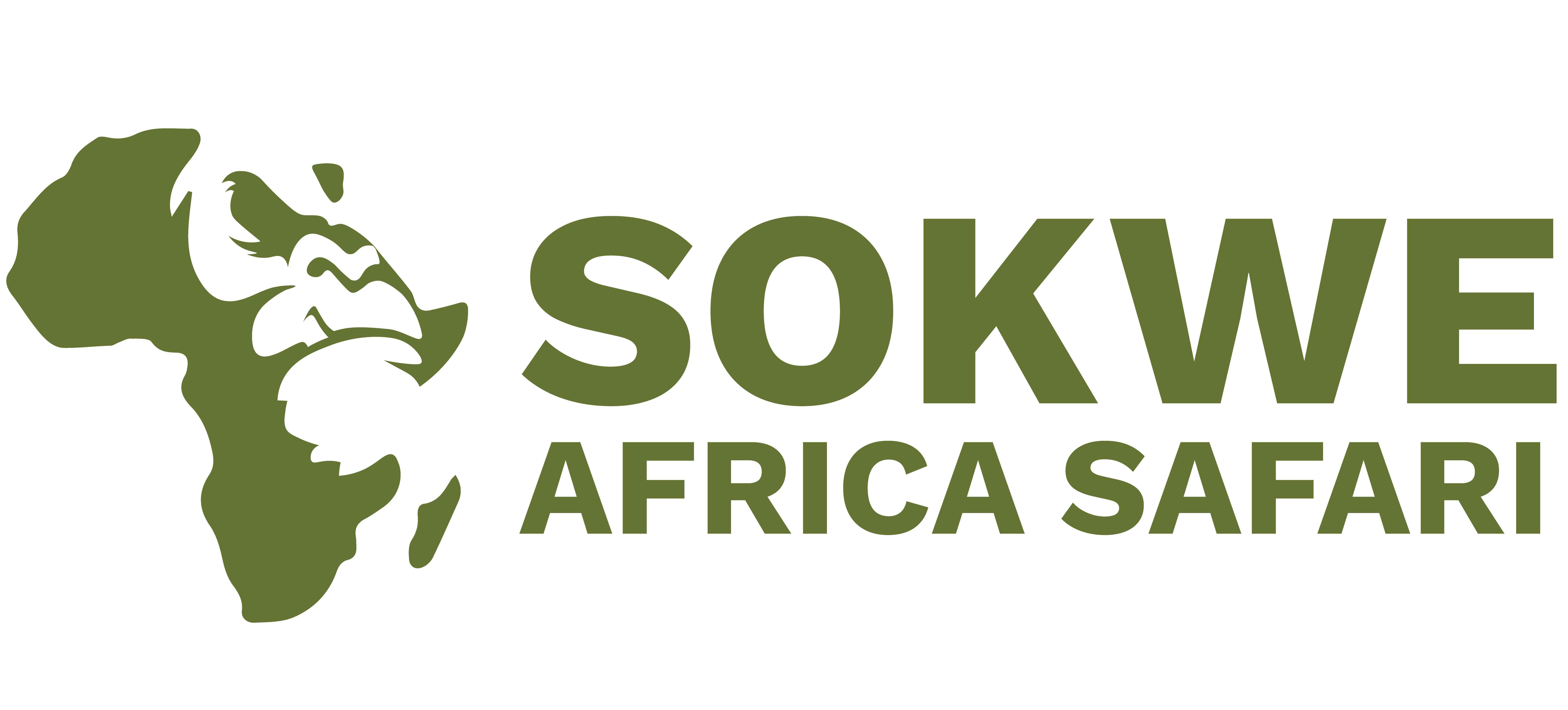Wildebeest Migration
Witness the Great Wildebeest Migration with Sokwe Africa Safari
The Great Wildebeest Migration is one of nature’s most breathtaking spectacles, an epic journey of over 1.5 million wildebeest, accompanied by thousands of zebras and gazelles, as they traverse the Serengeti-Maasai Mara ecosystem in search of fresh grazing pastures and water. This awe-inspiring event unfolds year-round, offering unique and thrilling safari experiences at every stage.
The Migration Cycle
January – March: Calving Season (Southern Serengeti & Ndutu Plains)
During these months, the herds settle in the nutrient-rich southern Serengeti and Ndutu plains, where an estimated 500,000 calves are born. This period is an incredible time for safari-goers, as the newborns attract predators such as lions, cheetahs, and hyenas, leading to dramatic wildlife interactions.
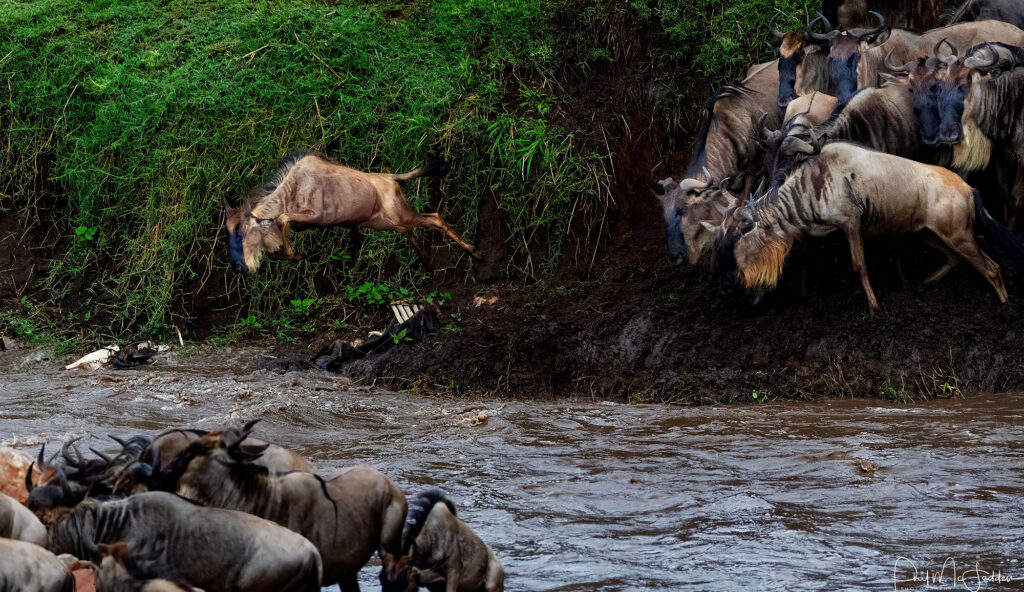
April – June: The Rut and Northern Push (Central & Western Serengeti)
As the rains taper off, the herds move northward through the central Serengeti. April and May mark the rutting season, where dominant males engage in fierce battles for mating rights. By June, the migration reaches the western corridor, setting the stage for the first major river crossings.
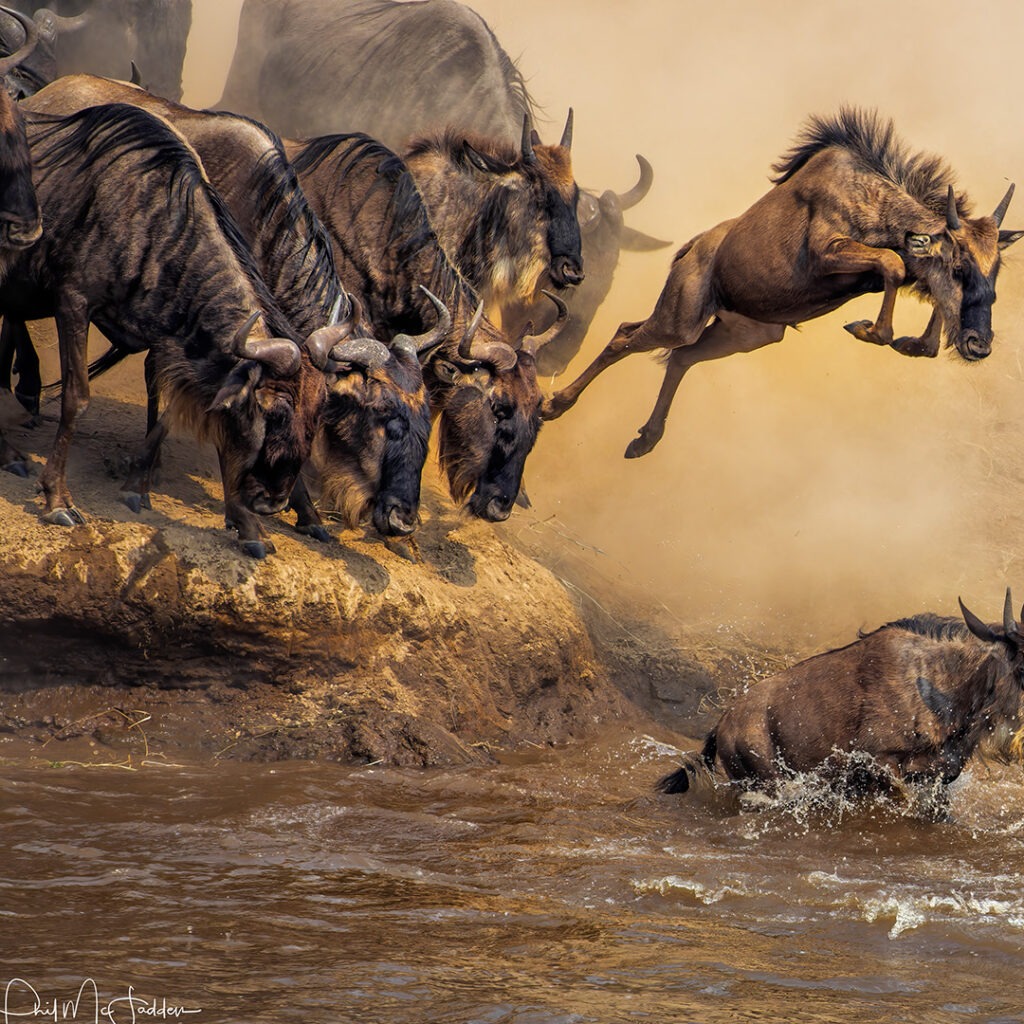
July – August: The Spectacular River Crossings (Northern Serengeti & Maasai Mara)
One of the most thrilling aspects of the migration occurs in July and August as thousands of wildebeest plunge into the crocodile-infested Mara River, braving strong currents and lurking predators. This is the best time to witness the dramatic crossings in the northern Serengeti and Maasai Mara.
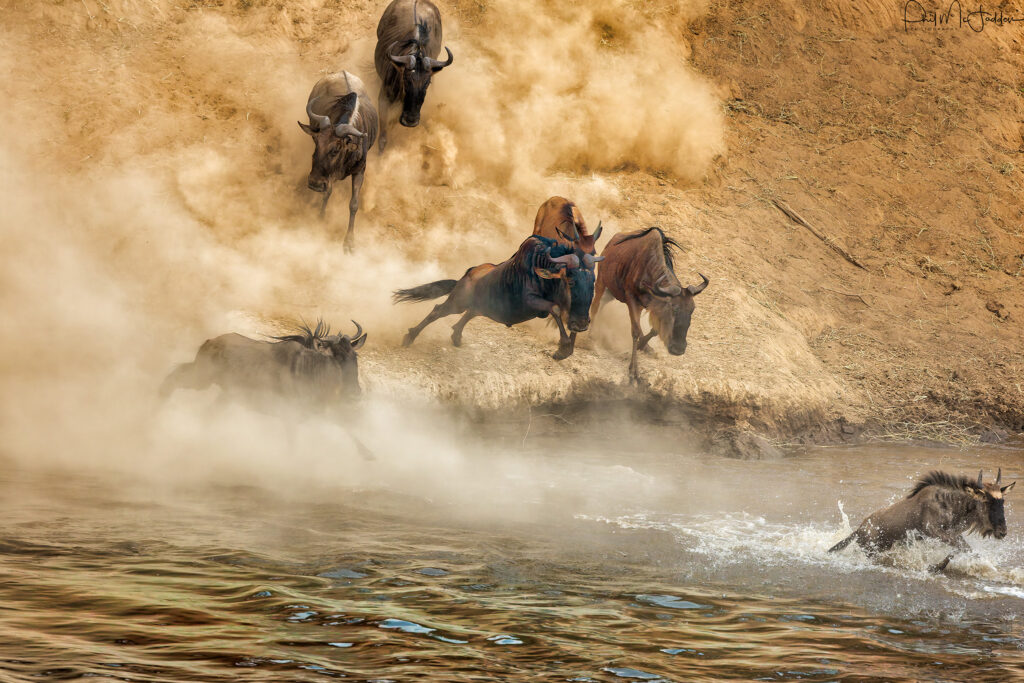
September – November: Northern Grazing & Return South (Kenya’s Maasai Mara & Serengeti)
After successfully crossing the Mara River, the herds spread across the Maasai Mara, enjoying the lush pastures. As the short rains begin in November, the migration turns southward, making its way back to the Serengeti.
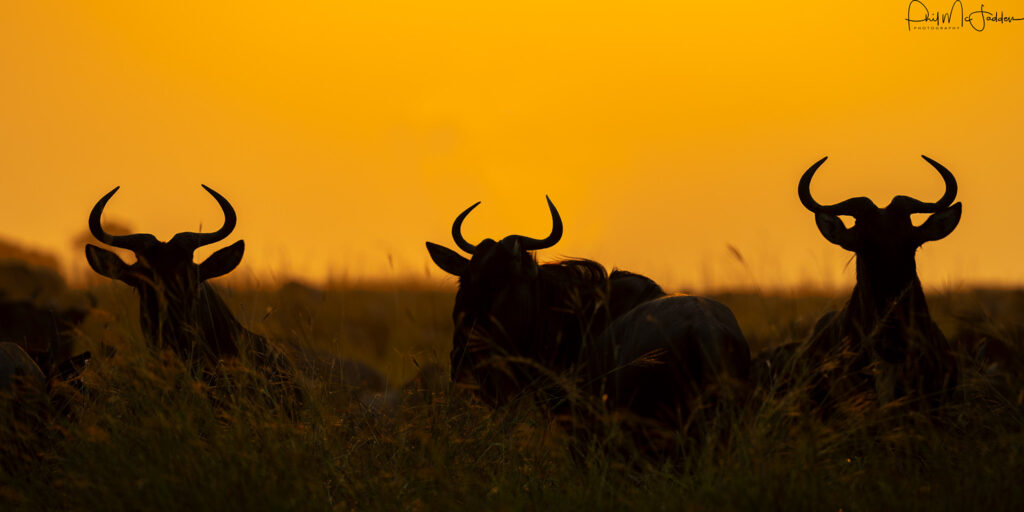
December: The Cycle Restarts (Southern Serengeti)
By December, the herds arrive back in the southern Serengeti, where fresh grasslands await them, completing the annual cycle. The stage is set once again for the calving season, continuing this timeless migration.
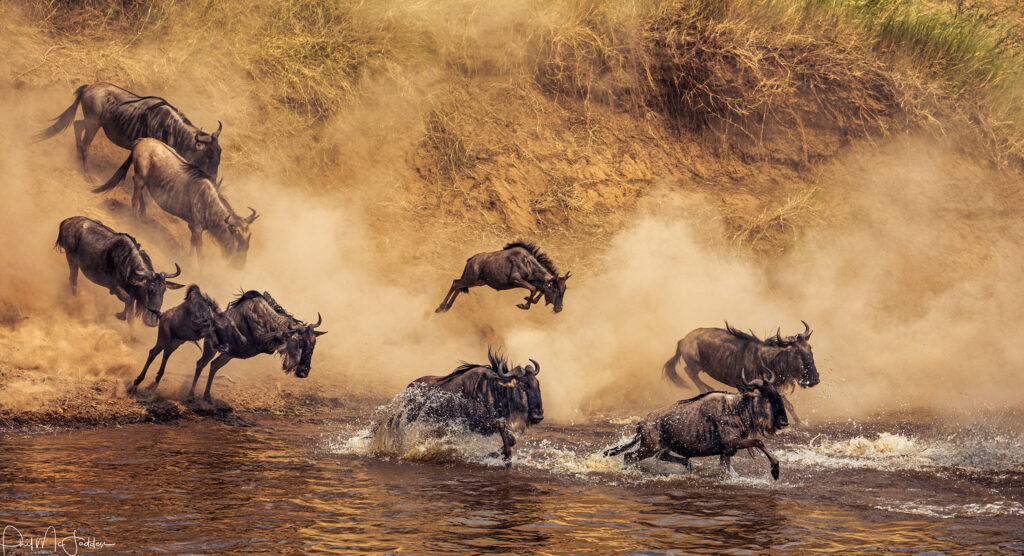
Accommodation during your stay
During your stay, enjoy comfortable and carefully selected accommodations that blend luxury with nature. From elegant lodges overlooking vast savannas to cozy tented camps in the heart of the wilderness, each stay offers a unique experience. Relax in well-appointed rooms, savor delicious local and international cuisine, and unwind after exhilarating safari adventures. Whether you prefer a high-end retreat or an authentic bush camp, our accommodations ensure comfort, safety, and an immersive connection to Tanzania’s breathtaking landscapes.
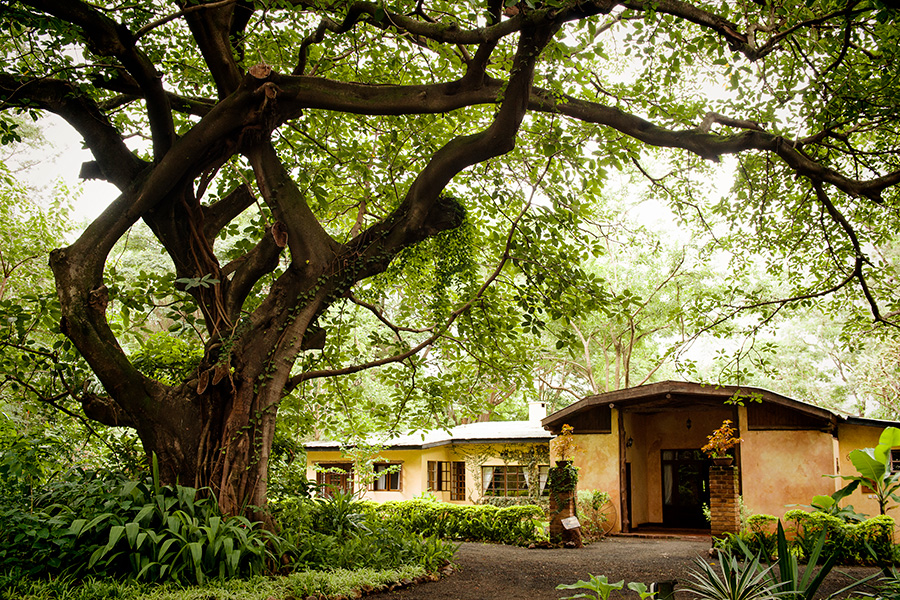
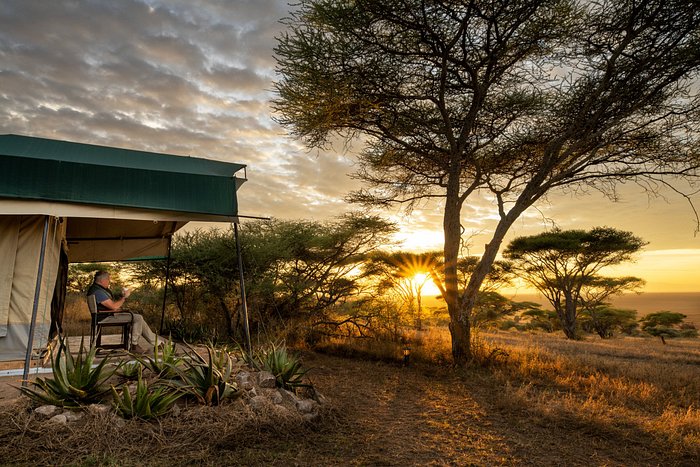
Best Time to Witness the Migration
While the migration follows a general pattern, its exact timing varies yearly due to rainfall and environmental factors. However, with expert guidance from Sokwe Africa Safari, we ensure you are in the best location at the right time to witness this extraordinary natural event.
Itineraries
Let the Safari Itinirerary Begin
Start planning your adventure with our expert trip guides. Experience the wild, embrace the culture, and capture unforgettable moments!
Frequently Asked Questions
The migration occurs year-round, but the best time depends on what you want to witness. The calving season (January – March) is great for predator action, while the dramatic river crossings happen between July and August.
Key locations include the southern Serengeti and Ndutu for calving season, the central and western Serengeti for the rut, and the northern Serengeti and Maasai Mara for river crossings.
The Great Wildebeest Migration is a continuous cycle that takes place throughout the year, moving between Tanzania’s Serengeti and Kenya’s Maasai Mara.
Yes, between July and October, large herds move into the Maasai Mara, providing excellent opportunities for witnessing river crossings and grazing.
We offer tailored safari packages, including game drives, luxury lodges, mobile camps, and guided tours, ensuring you are positioned at prime viewing spots.
You can contact us through our website or reach out to our team for a personalized itinerary based on your travel dates and interests.
We recommend lightweight, neutral-colored clothing, a good pair of binoculars, a camera, sun protection, and comfortable walking shoes.
No, safaris are conducted by experienced guides who ensure your safety while providing the best possible viewing experience.
Yes, Sokwe Africa Safari offers customizable itineraries, allowing you to combine your migration safari with cultural experiences, hot air balloon rides, and visits to other national parks.
Visa requirements vary by nationality. We recommend checking with your local embassy or consulting our team for up-to-date visa information and travel requirements.
